/https://tf-cmsv2-photocontest-smithsonianmag-prod-approved.s3.amazonaws.com/48723c68-ba9b-4a26-bd8f-ad03300e7de5.jpg)
Marasmius rotula Smithsonian Photo Contest Smithsonian Magazine
Little wheel. Phylum : Basidiomycota Order : Agaricales Family : Marasmiaceae Occurrence on wood substrate: Saprobic; in clusters on dead deciduous wood such as twigs and moss-covered logs and stumps; May thought October. Dimensions: Caps 3-20 mm wide; stipes 1.5-8.5 cm long and 0.3-1 mm thick.
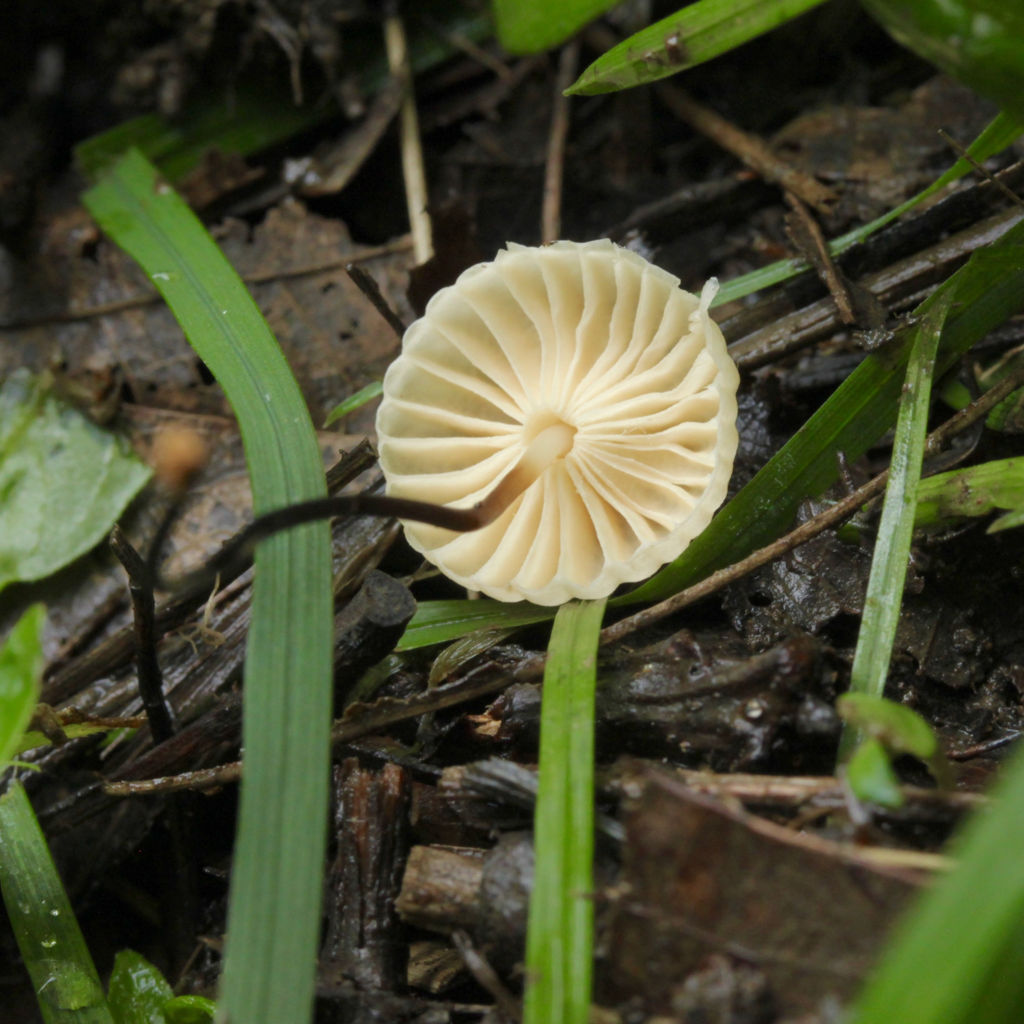
Marasmius rotula Western Pennsylvania Mushroom Club
Once discovered though, you'll notice their appearance is very unique. This Marasmius species is a prime example of displaying the 'parachute-like' shape of the cap. Initially, the bright white cap is strongly convex and flattens out and often becomes duller with age. The distinctive ribbed surface however, keeps its shape.
Marasmius rotula growing on a an old growth tree in North Carolina r
An extracellular peroxygenase from Marasmius rotula was produced in liquid culture, chromatographically purified and partially characterized. This is the third aromatic peroxygenase (APO) that has been characterized in detail and the first one that can be produced in high yields. The highest enzyme levels of about 41,000 U l -1 (corresponding.

Marasmius rotula Dianna
Marasmius rotula is one of the most attractive of the many parachute mushrooms and quite the most distinctive. Its preferred habitat is dead deciduous hardwood roots and fallen trunks, branches and twigs - in hedgerows as well as in woodlands. Only occasionally is the Collared Parachute found on conifer wood. Distribution

Marasmius rotula Alchetron, The Free Social Encyclopedia
Marasmius rotula is a small, delicate, whitish agaric with a parachute-like cap and a slender tough stem. The mushroom thrives in environments characterized by the presence of deceased deciduous hardwood roots, fallen trunks, branches, and twigs.

Marasmius rotula photo Curt Weinhold photos at
Marasmius rotula is a common species of agaric fungus in the family Marasmiaceae. Widespread in the Northern Hemisphere, it is commonly known variously as the pinwheel mushroom, the pinwheel marasmius, the little wheel, the collared parachute, or the horse hair fungus.
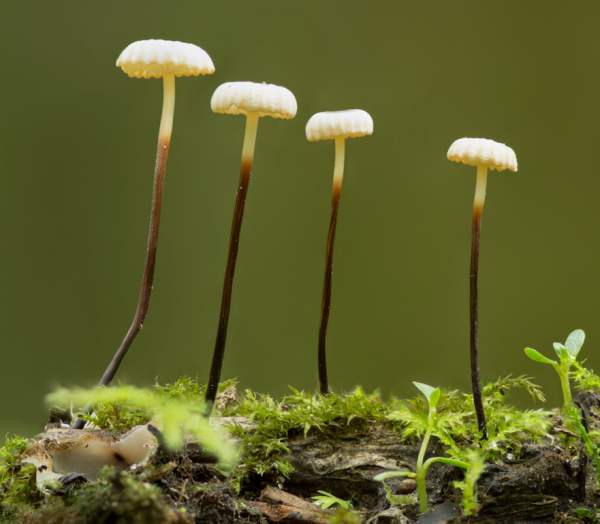
Marasmius rotula, Collared Parachute mushroom
Marasmius rotula Introduction Taxonomy Microscopic characteristics Similar species Ecology and distribution
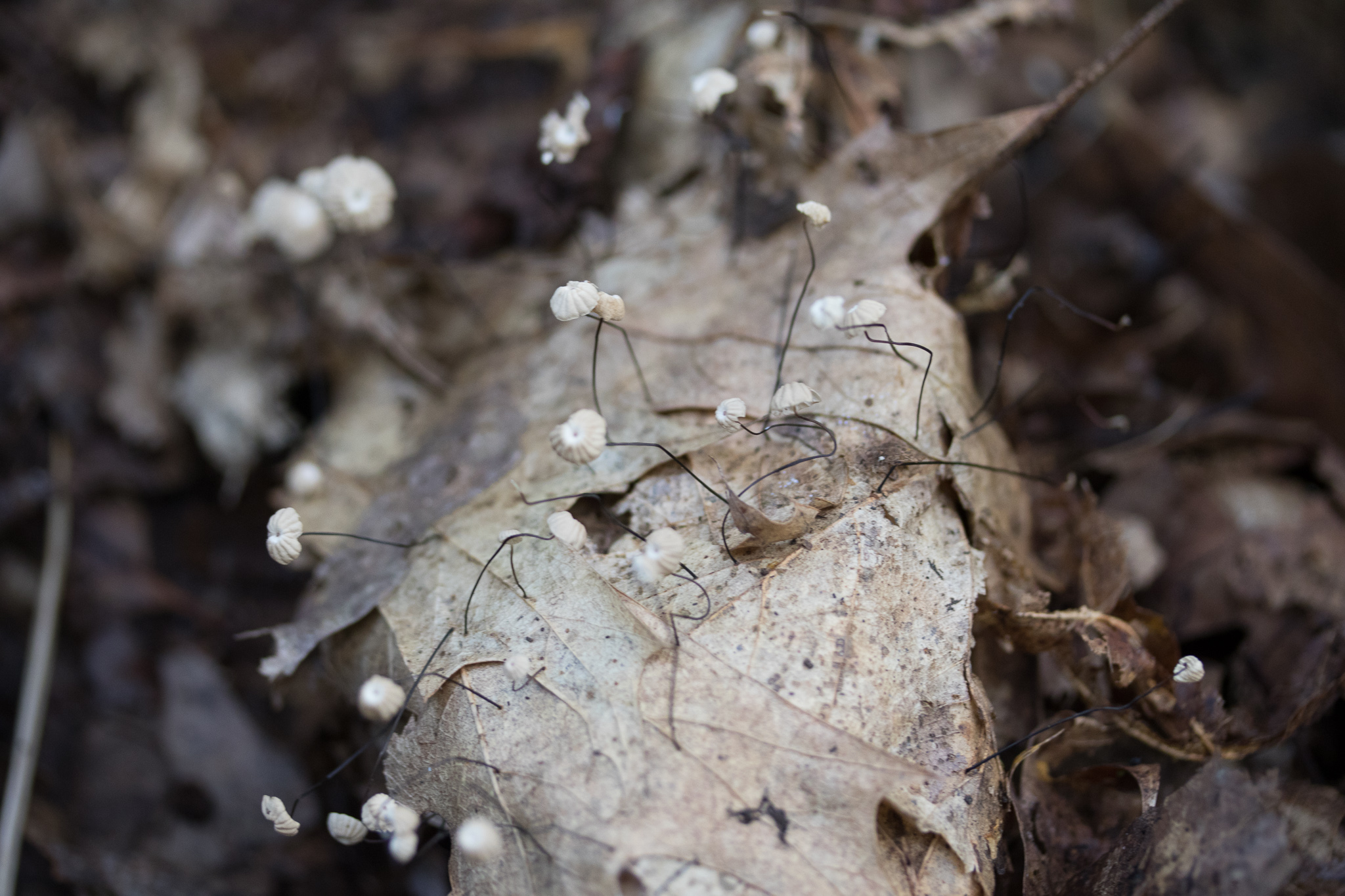
Marasmius rotula Western Pennsylvania Mushroom Club
Marasmius rotula Thursday, June 12, 2014 This tiny mushroom is one of several species given the common name of the pinwheel mushroom. The specific name rotula, sharing a root with "rotation" and "rotunda," also evokes the shape of a wheel, which becomes apparent when the mushroom is viewed from the underside.
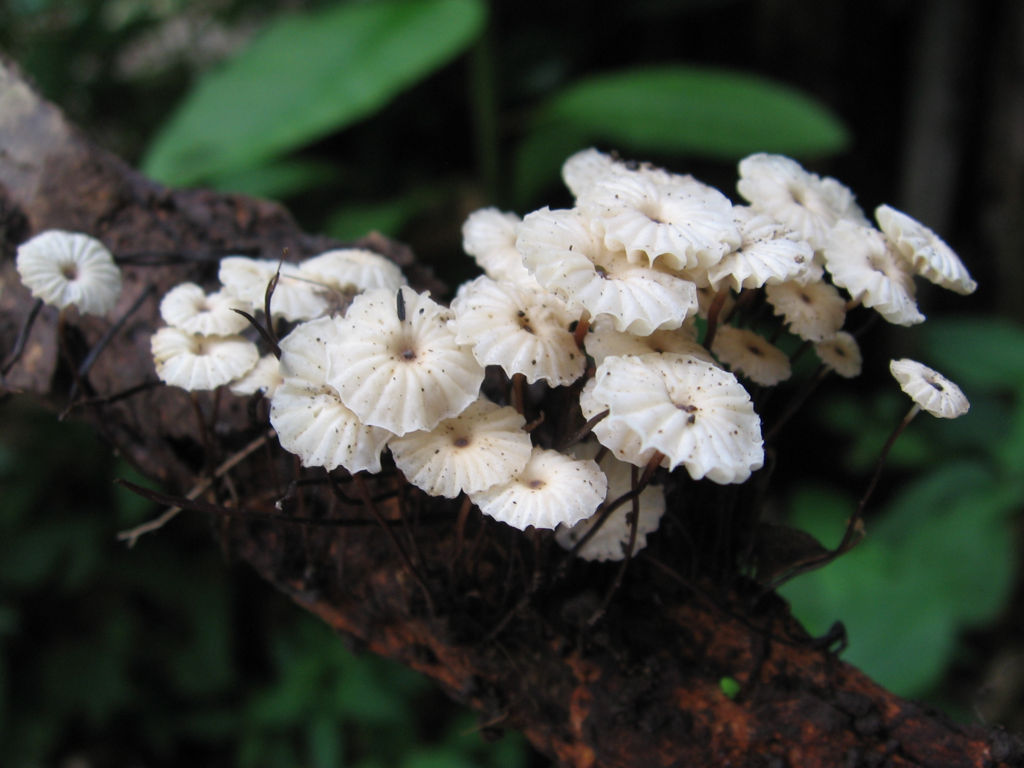
Marasmius rotula Western Pennsylvania Mushroom Club
Marasmius rotula. Thursday, July 7, 2011. This small mushroom, one species among many commonly called the "Pinwheel Mushroom," can often be found growing in clusters on decaying deciduous wood or leaf litter. They are characterized by small, pale yellowish-brown caps which are tiny—1.5-17 mm in diameter. The caps are convex, having a deep.

Marasmius rotula Wieltje Marasmius rotula Harry Harms Flickr
Marasmius rotula[Scop.] Fr. (Pinwheel mushroom) (deposited at the German collection of microorganisms and cell cultures-DSMZ, collection number DSM 25031) was isolated from fruiting bodies that had devel-oped on a meadow near Senftenberg (Germany) con-taining subsurface woody debris of Rubinia pseudoacacia (False Acacia). To confirm the strain

Marasmius rotula The Ultimate Mushroom Guide
Summary 4 Marasmius rotula is a common species of agaric fungus in the family Marasmiaceae. Widespread in the Northern Hemisphere, it is commonly known variously as the pinwheel mushroom, the pinwheel Marasmius, the little wheel, the collared parachute, or the horse hair fungus.The type species of the genus Marasmius, M. rotula was first described scientifically in 1772 by mycologist Giovanni.
Marasmius rotula (Tricholomataceae) image 15820 at
Marasmius rotula is a common species of agaric fungus in the family Marasmiaceae. It is found in hardwood forests from spring to fall, growing from sticks and other woody debris. That last detail is very important because Marasmius capillaris, which looks nearly identical, grows from leaf litter rather than wood. Cap is whitish.

Marasmius rotula Horsehair Mushroom
Marasmius is a genus of mushroom -forming fungi in the family Marasmiaceae. It contains about 500 species of agarics, [1] of which a few, such as Marasmius oreades, are edible. However, most members of this genus are small, unimpressive brown mushrooms.
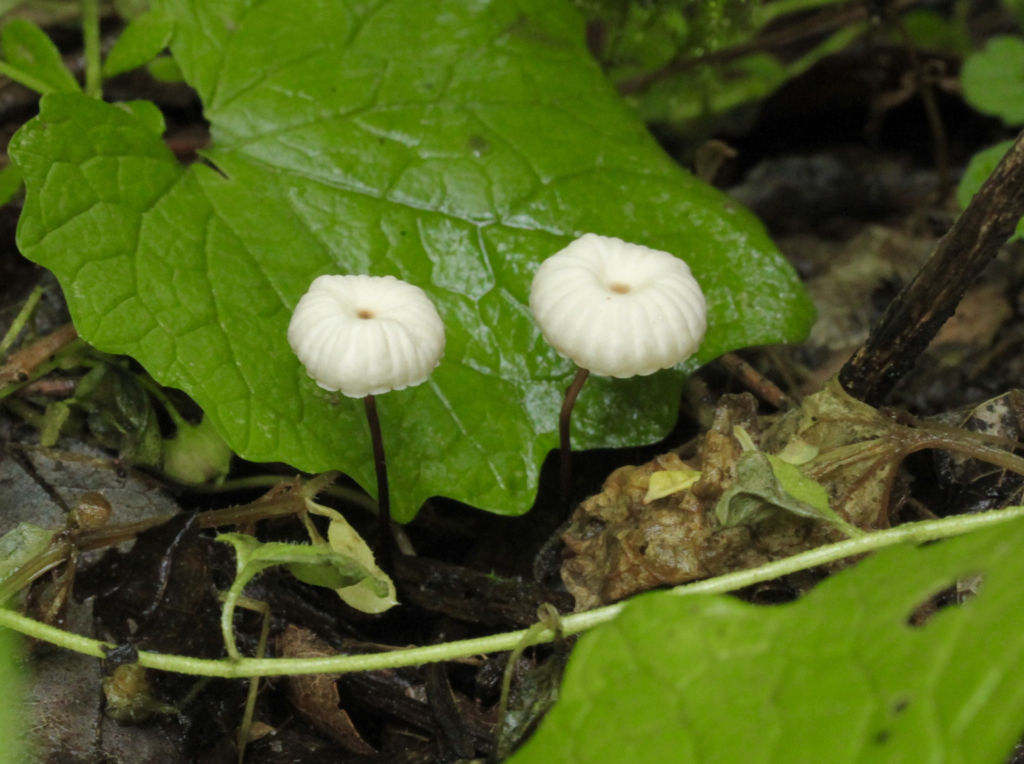
Marasmius rotula Western Pennsylvania Mushroom Club
Summary 2 Marasmius rotula is a common species of agaric fungus in the family Marasmiaceae. Widespread in the Northern Hemisphere, it is commonly known variously as the pinwheel mushroom, the pinwheel Marasmius, the little wheel, the collared parachute, or the horse hair fungus.The type species of the genus Marasmius, M. rotula was first described scientifically in 1772 by mycologist Giovanni.

シロヒメホウライタケ (Marasmius rotula) Picture Mushroom
Marasmius Fr. (Agaricales, Basidiomycota) is a mushroom-producing genus of fungi consisting of mainly saprotrophic species growing on plant debris (Singer 1976, 1986; Desjardin 1989; Antonín and Noordeloos 2010 ). The genus is distributed worldwide, but is most diverse in the tropics (Singer 1976; Desjardin 1989; Antonín and Noordeloos 2010 ).

Marasmius rotula Smithsonian Photo Contest Smithsonian Magazine
Marasmius rotula. "Marasmius rotula" is a common species of agaric fungus in the family Marasmiaceae. Widespread in the Northern Hemisphere, it is commonly known variously as the pinwheel mushroom, the pinwheel marasmius, the little wheel, the collared parachute, or the horse hair fungus. Overview.